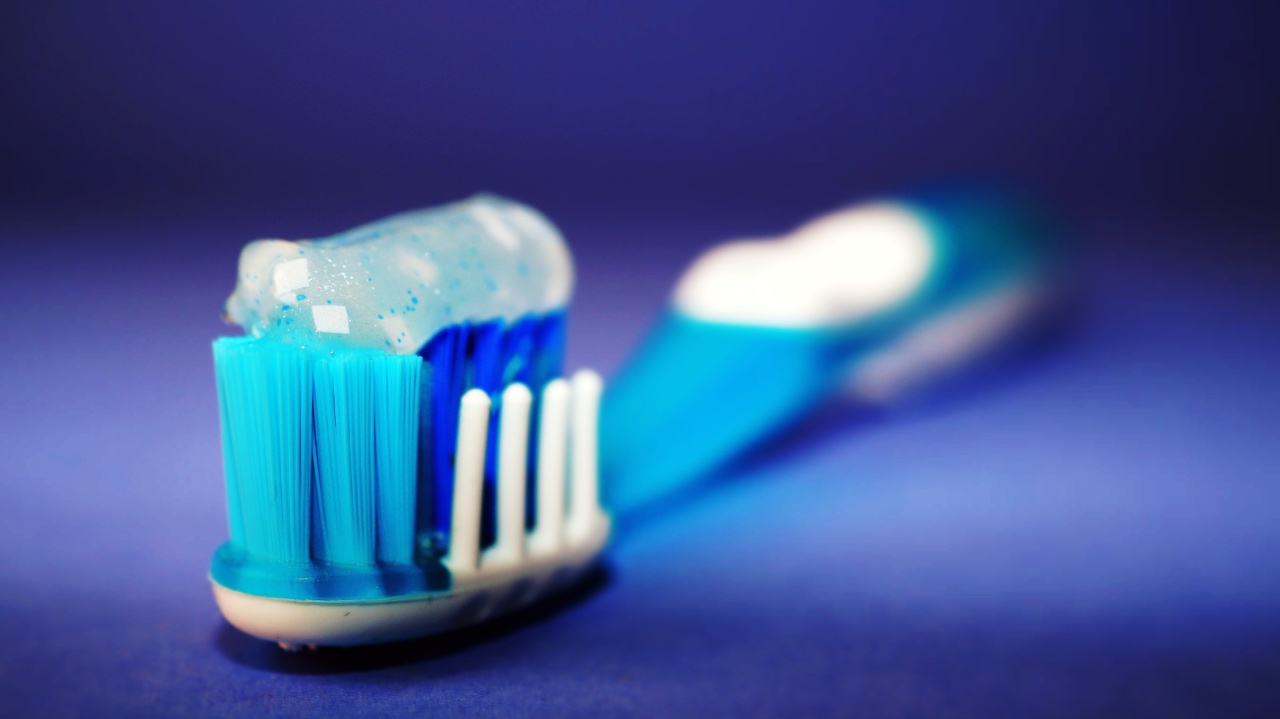Brushing your teeth is an essential part of maintaining good oral hygiene and overall health. It helps to remove plaque, prevent cavities, gum disease, and bad breath. Regular brushing can also promote a bright and confident smile.
Choosing the Right Toothbrush
The first step in brushing your teeth correctly is to select the right toothbrush. Look for a toothbrush with soft bristles and a small head that can easily reach all areas of your mouth.
Electric toothbrushes are also an excellent option as they can provide a more thorough cleaning.
Proper Brushing Technique
Here’s a step-by-step guide on how to brush your teeth properly:.
- Step 1: Start by wetting your toothbrush and applying a pea-sized amount of fluoride toothpaste.
- Step 2: Hold your toothbrush at a 45-degree angle to your gums.
- Step 3: Gently move the toothbrush back and forth in short, circular motions.
- Step 4: Brush the outer surfaces of your teeth using small, gentle strokes.
- Step 5: Clean the inner surfaces of your teeth by tilting the brush vertically and making up-and-down strokes.
- Step 6: Brush the chewing surfaces of your teeth by using a back-and-forth motion.
- Step 7: Don’t forget to brush your tongue to remove bacteria and ensure fresh breath.
Duration and Frequency
It is recommended to brush your teeth for a minimum of two minutes, twice a day – once in the morning and once before going to bed. Brushing your teeth for less than two minutes may not effectively remove all the plaque and food particles.
Choosing the Right Toothpaste
The type of toothpaste you use can also impact your oral health. Look for toothpaste that contains fluoride, which helps prevent tooth decay.
If you have specific dental concerns, such as sensitivity or tartar control, consult your dentist for toothpaste recommendations.
Don’t Forget to Floss
Brushing alone can’t reach all the nooks and crannies between your teeth. Flossing once a day is crucial to remove plaque and food particles from these hard-to-reach areas.
Make sure to use proper flossing technique and be gentle to avoid injuring your gums.
Replace Your Toothbrush Regularly
To maintain optimal oral health, replace your toothbrush every three to four months or as soon as the bristles become frayed. Frayed bristles are less effective in cleaning your teeth and gums thoroughly.
Visit Your Dentist Regularly
While brushing and flossing are vital steps in oral care, regular dental check-ups are equally crucial.
Dentists can identify any potential issues, clean your teeth more thoroughly, and provide personalized recommendations for your dental hygiene routine.
Additional Tips for Oral Care
Here are a few additional tips to enhance your oral care routine:.
- Use mouthwash daily to help kill bacteria and freshen your breath.
- Avoid smoking and tobacco products as they can stain your teeth and lead to various oral health problems.
- Limit your consumption of sugary and acidic foods and beverages as they can cause tooth decay.
- Consider using a tongue scraper to remove bacteria from the surface of your tongue.
Conclusion
Brushing your teeth properly is essential for maintaining good oral hygiene and preventing dental problems.
By following the correct brushing technique, selecting the right toothbrush and toothpaste, and incorporating regular flossing and dental visits, you can achieve a healthy and confident smile that lasts a lifetime.

























